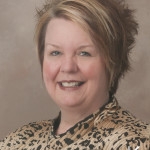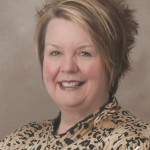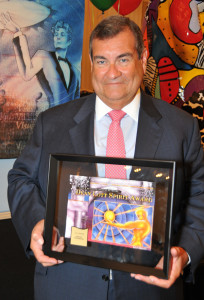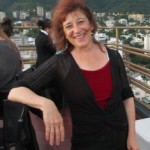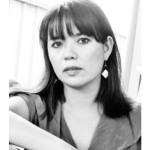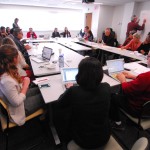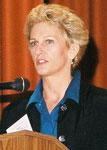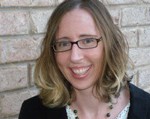
Bob Leonard
Calling Out to the Old Radical Herbert Marcuse
Posted by Nov 19, 2014

Bob Leonard
 Bob Leonard
Bob Leonard
The definition of aesthetics drafted for 2014 ROOTS Week seems to have stood up usefully: “aesthetics are means by which art and art-making respond to and stimulate sensory and emotional experience, and how such sensory and emotional experiences contribute to meaning. Understood this way, we believe the term can be applied affirmatively and effectively to community-based arts practice for social justice.”
This statement was crafted as a positive strategy to counter the common assumption that aesthetics is way of thinking devoted to the establishment of standards of excellence or criteria of evaluation, all too often predicated on the dominant culture. The strategy seemed to work at ROOTS, where the conversation has advanced past defensive posturing to a pretty vital engagement with learning how to talk about the actual sensory and emotional experience of conceiving, making, and receiving art, especially in the context of ROOTS’s artistic commitment to working for social, economic, and environmental justice.
Read More

 Nato Thompson
Nato Thompson

 Aracelis Girmay
Aracelis Girmay


 Clay Lord
Clay Lord


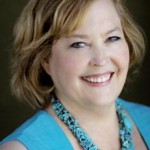 Laura Bruney
Laura Bruney

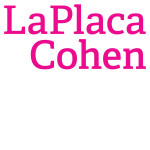 Over the past few weeks, a new face has been popping up at street fairs and food festivals across the country: an Amazon “food truck,” doling out Kindle Fires alongside neighboring trucks’ hot dogs, hamburgers, and artisanal cupcakes.
Over the past few weeks, a new face has been popping up at street fairs and food festivals across the country: an Amazon “food truck,” doling out Kindle Fires alongside neighboring trucks’ hot dogs, hamburgers, and artisanal cupcakes.
 Jennifer Abssy
Jennifer Abssy

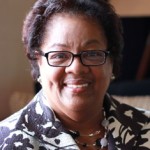 Margie Johnson Reese
Margie Johnson Reese

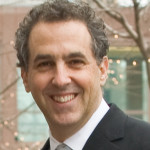 Jonathan Herman
Jonathan Herman

 Cameron Russell
Cameron Russell

 Meredith Frazier Britt
Meredith Frazier Britt













